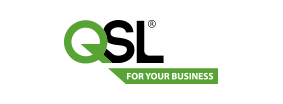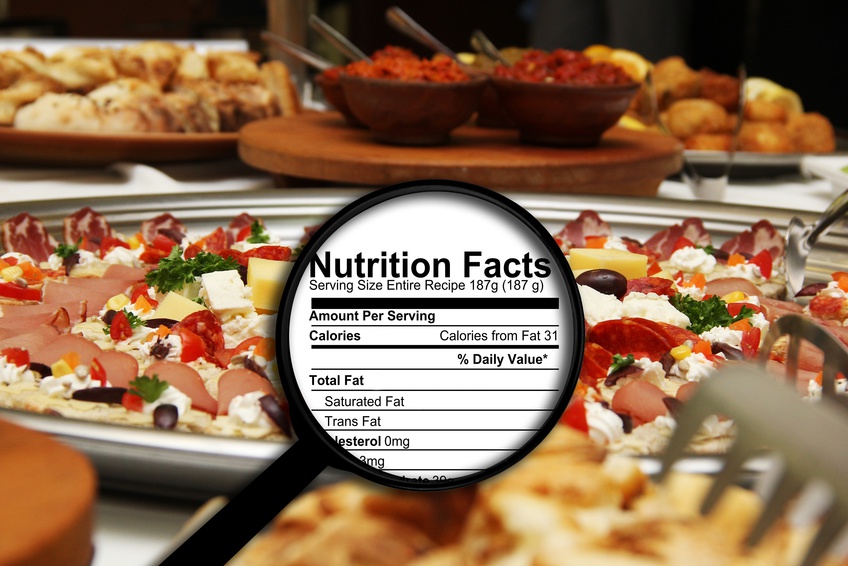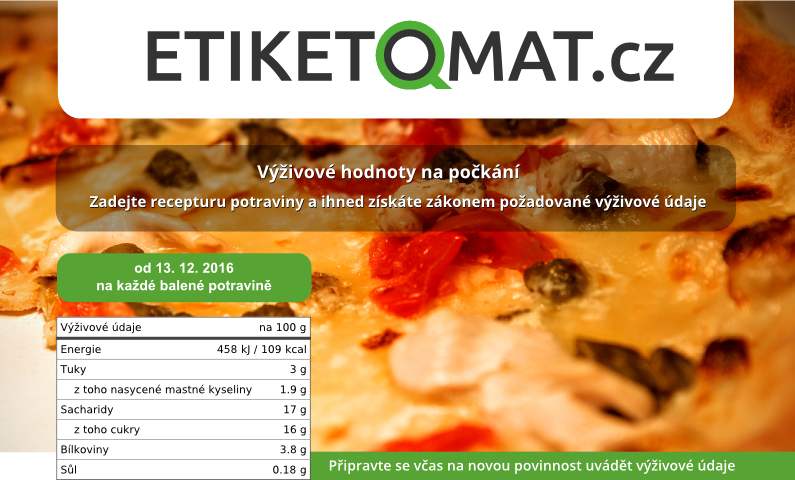More and more people realize that nutrition is among the important factors that significantly influence human health, thus the length of human life. That is why accurate and detailed information on quality of food and food ingredients are more and more important. Not only producers but also regulatory authorities try to adapt to such requirements and create conditions, where such data is easily and comprehensibly available on each sold food. However, there is still the question what information is necessary to be stated on packaging and how detailed it should be.
The rules for labelling of food must balance between enough information on one side and overloading of customers with data on the other side. What data is required for the consumers, what are they interested in and what are they actually able to use? Compromise and solutions that are suitable for everyone need to be found.




